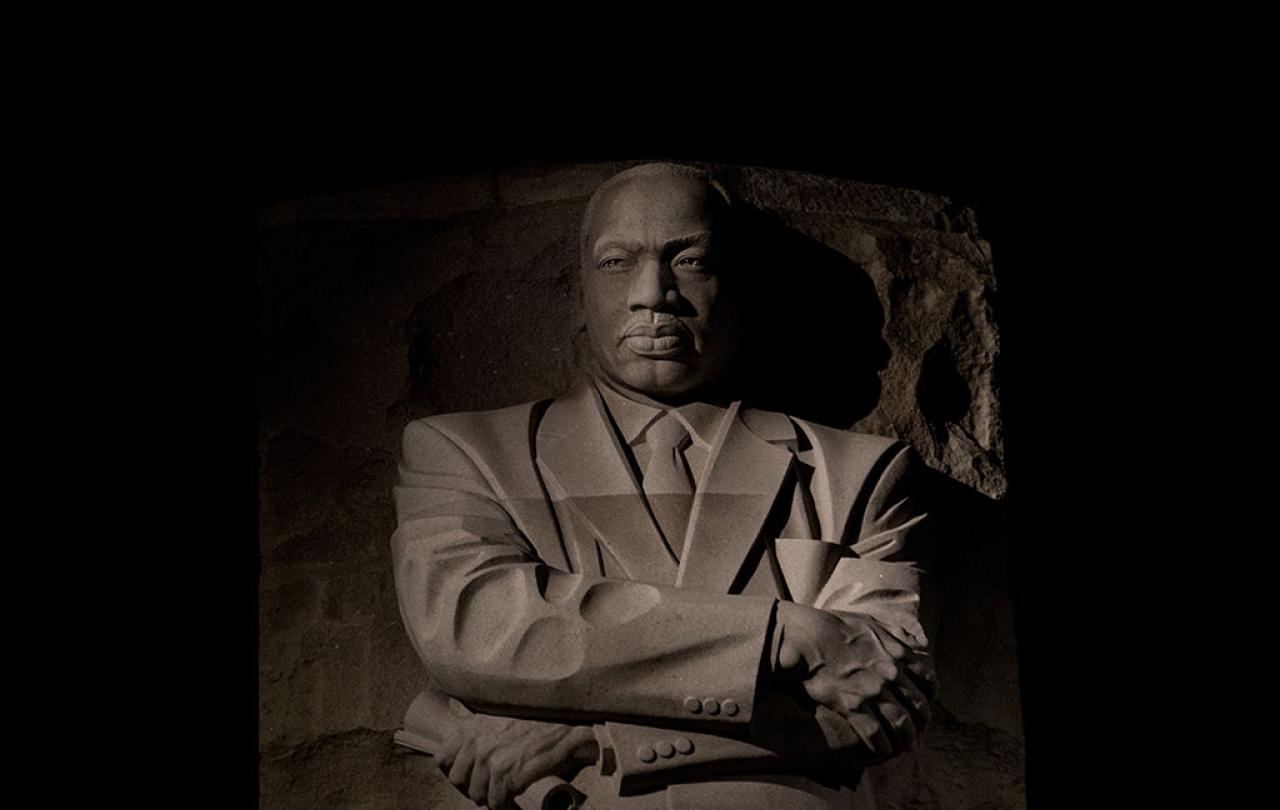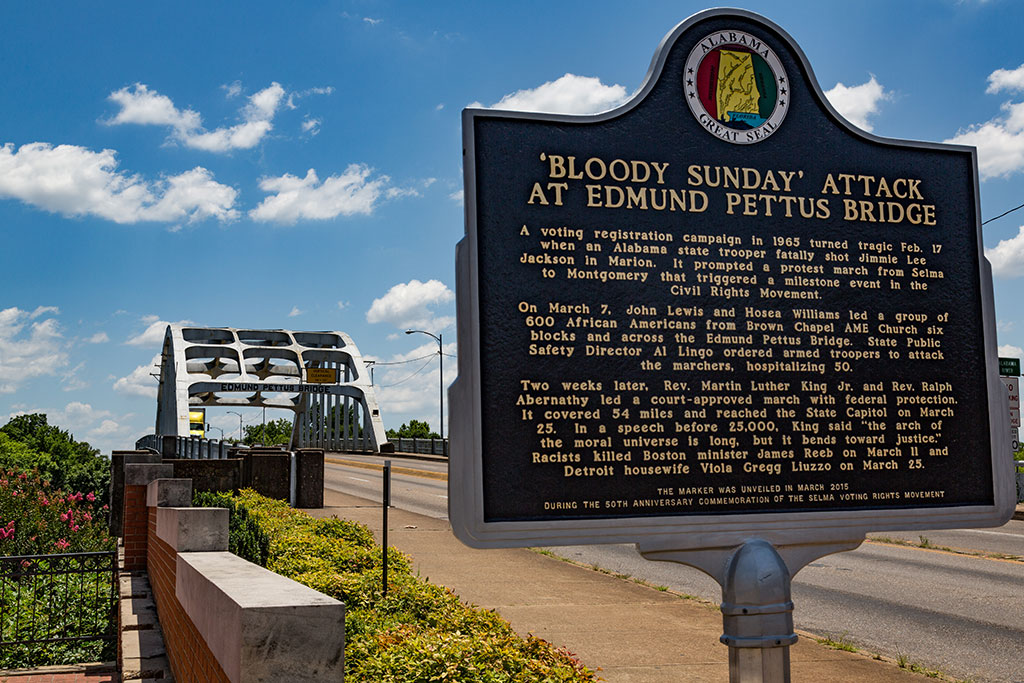‘Loneliness. It’s a part of life. Let’s talk about it’
That’s the new slogan offered by the NHS in partnership with the Department for Culture, Media and Sport. As part of their campaign, they recently invited young influencers and TV personalities to Downing Street to do just that – to talk about loneliness.
With those aged between 16 and 29 now twice as likely to report feeling lonely as those over 70, these celebrities were tasked with answering a few of the questions most asked by people within that age group. Their questions went along these heart-wrenching lines:
Why am I so lonely?
Is it normal to feel lonely?
Will I always be this lonely?
And while their answers to such questions were a little ‘meh’ (whose wouldn’t be? They were given seven seconds to answer some of humanity’s deepest questions), it doesn’t much matter, their answers weren’t really the point. Rather, viewers were presented with a handful of popular, successful, lovable (looking at you, Bobby Brazier) and happy looking people doing something notoriously difficult: admitting loneliness.
And I think that may be the point.
I am of the firm opinion that admitting to feeling lonely is one of the hardest things a person could do. I have certainly never had the bravery to do it.
I remember watching Greta Gerwig’s 2019 adaptation of the beloved 1868 novel, Little Women, for the first time; I was always going to love it, I had decided as much before even stepping foot in the cinema. But there was one scene that felt as if it literally took my breath away. I was left winded in row C.
It is toward the end of the film, and Jo Marsh, the feisty, strong and independent protagonist, is giving a feminist monologue for the ages (albeit to her mum) as she stands in the attic of her childhood home. Jo speaks of women’s minds and souls, their ambitions and talents, she explains how sick she is of being underestimated, getting more impassioned with every word. That is, until she tearily ends her speech by declaring – ‘…but I’m so lonely.’
This isn’t in the book.
This final line was written by Greta Gerwig specifically for this adaptation. And the only person who seemed to be more taken aback by Jo’s words than me (an owner of more editions of the novel than is cool to admit), was Jo herself, who instinctively clasped her hand to her mouth as if she couldn’t believe that she’d just said such words aloud.
As far as filmmaking goes, it was genius. As far as human nature is concerned, it was, well, true.
Not only do we find loneliness acutely painful, but we also tend to find it near impossible to admit to, so much so, the government currently feels the need to step in. Why is that, I wonder? Why does ‘lonely’ seem to be the hardest word?
Those who admit to their own loneliness are wading into profoundly vulnerable waters.
Part of it is certainly because there is a social stigma attached to feeling lonely. Ironic, isn’t it? How loneliness has social connotations. Nobody wants to be Eleanor Rigby, nor Father McKenzie, nor any of ‘the lonely people’ that Paul McCartney so pities, for that matter. It’s one of the only Beatles songs you wouldn’t want to have been written about you. Loneliness feels like a failure somehow, and so we struggle to admit it, even to ourselves. A failure because, we’re supposed to be self-sufficient, independent, free-thinking, emotionally-sturdy individuals (which is the operative word, of course). That’s what individualism has taught us, isn’t it? And so, how do we reconcile that with the piercing pain of isolation? How do we admit that there’s a deep crack within us that can’t be papered over by success, or wealth, or another episode of our favourite podcast? How do we go about admitting such a lack? A lack, which despite individualism’s best efforts, has us naturally wondering why it’s there in the first place; are we unpopular? Unattractive? Unlikable? Or worst of all, unlovable?
Those who admit to their own loneliness are wading into profoundly vulnerable waters. And most of us are utterly unwilling to follow them there, lest we be spotted by a budding Paul McCartney and our loneliness be immortalised.
And then, of course, there’s the other side of the coin: what does our loneliness say about the people who we are in relationship with? Nobody wants to unleash the panic and guilt tucked away in that can of worms (which, I must note, is unnecessary panic and guilt - there could be any number of reasons you’re feeling lonely, despite your very rich relationships).
And so, we just don’t say the word. And that’s what appears to be making the NHS and, rather randomly now that I think about it, the Department for Culture, Media and Sport so nervous.
We need to admit when we’re lonely. We have to pull a Jo Marsh and say it out loud. We must give language to the lack that we feel.
To be known and loved is my deepest and truest need.
One of the things that I find myself most consistently thankful for when it comes to my Christian faith (you know, apart from the most obvious aspects…) is that it gives me such language. At the risk of sounding annoyingly self-centred, it dignifies the feelings that I find hard to even acknowledge. It offers explanation, and therefore, a comfort that I could never find anywhere else; a comfort rooted in truth.
It may sound nuts, but I have come to understand the reality of loneliness, not through influencers on a sofa in Downing Street (although that’s great), and not even through Jo Marsh’s monologue (which is even greater), but through an ancient Hebrew poem. This poem tells me that to be alone is ‘not good’.
Not good. Not right. Not as it should be.
That’s God’s point of view at least – that to be alone, properly, completely and permanently alone, goes against the very fabric of the world. It is at odds with human flourishing. I’ve come to deeply value how concrete that is. I’ve also learnt to relax into the knowledge that not only is loneliness ‘normal’ (referring to one to the questions referenced at the beginning), it’s natural, in every possible sense of the word.
To be known and loved is my deepest and truest need. I was designed for relationship, with God and with people. And therefore – with all the complex ways that life unfolds - to be lonely, is to be human.
So, with all of this in mind, I’m tempted to end where we began, to come full circle and once again borrow the government’s words:
‘Loneliness. It’s a part of life. Let’s talk about it.’







